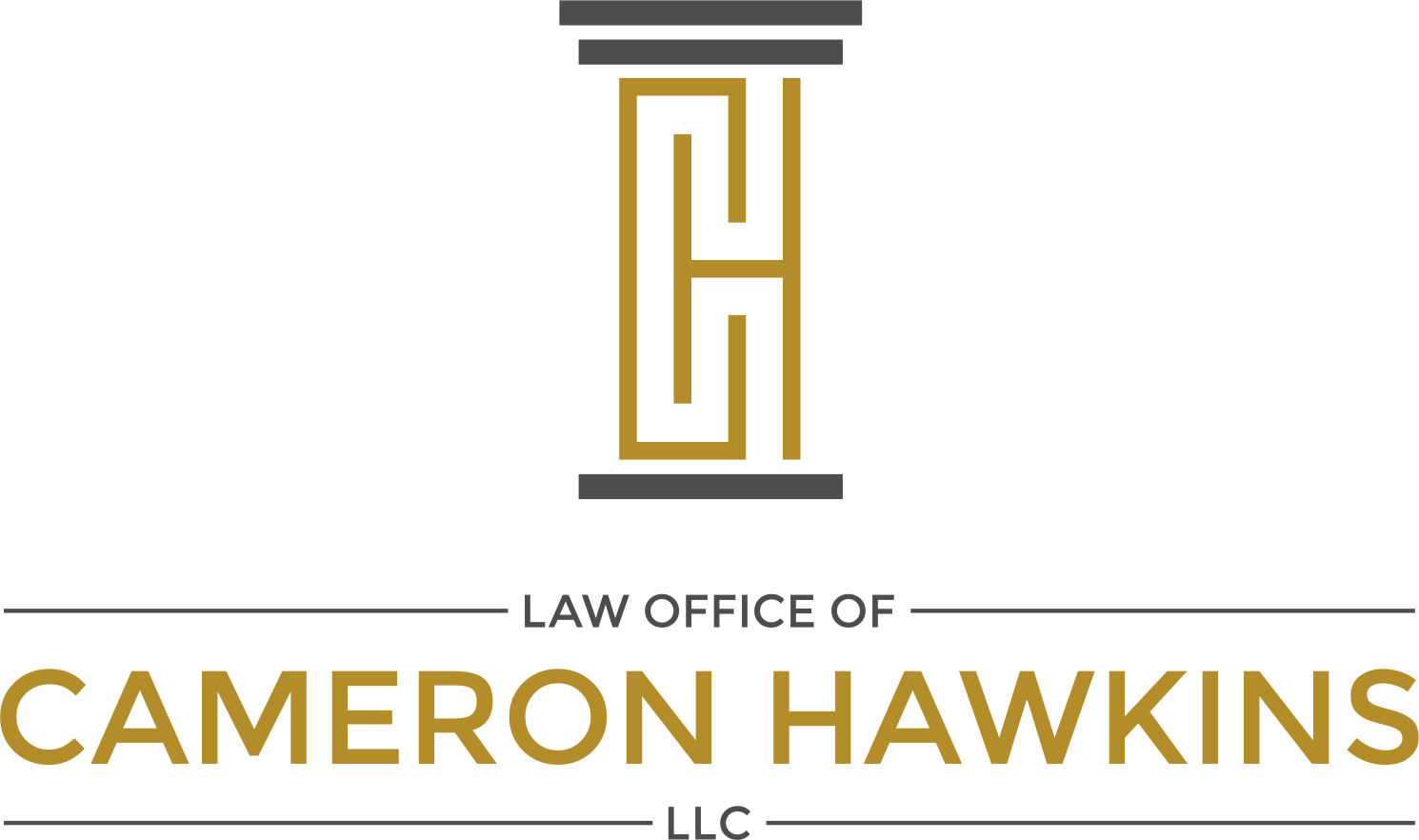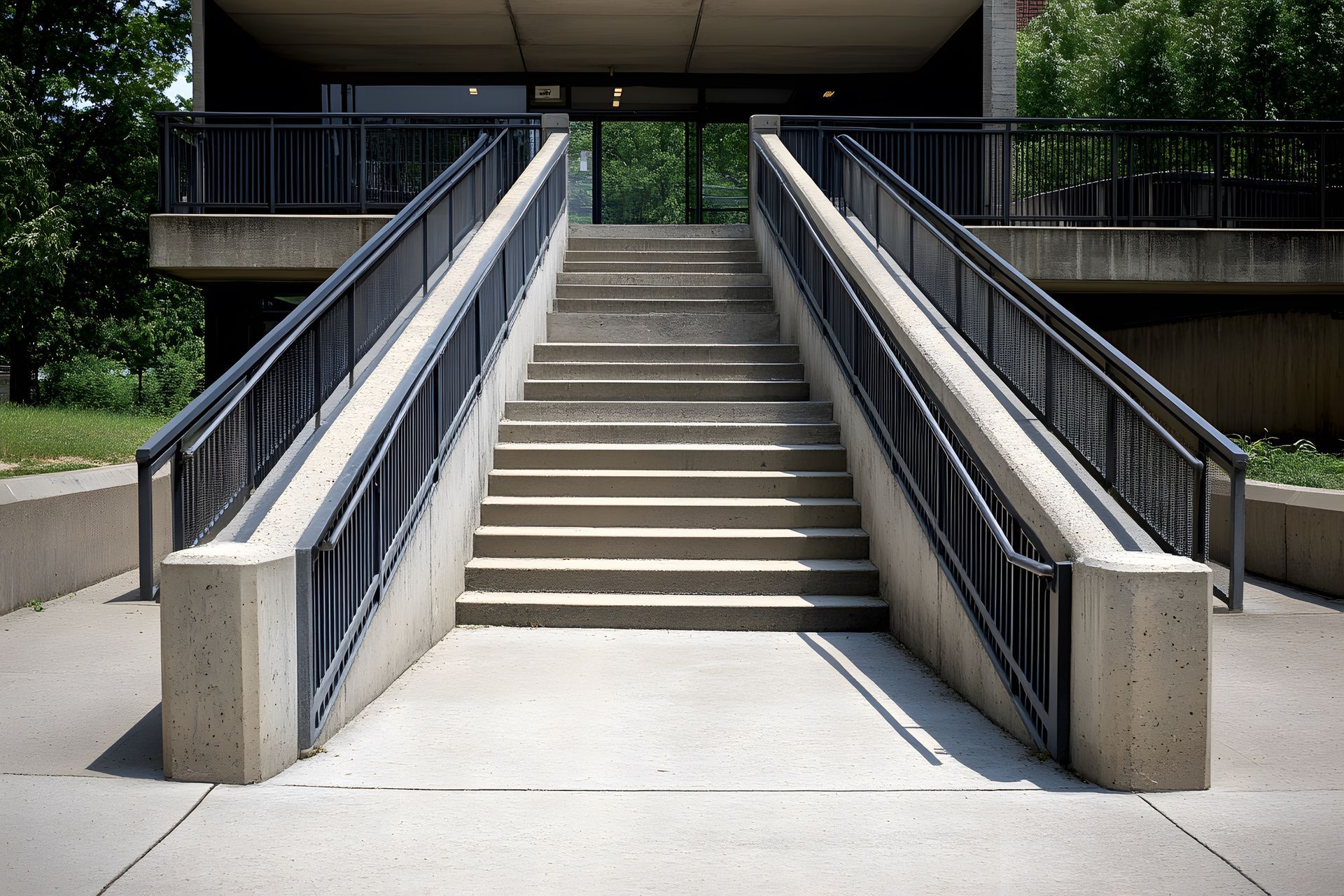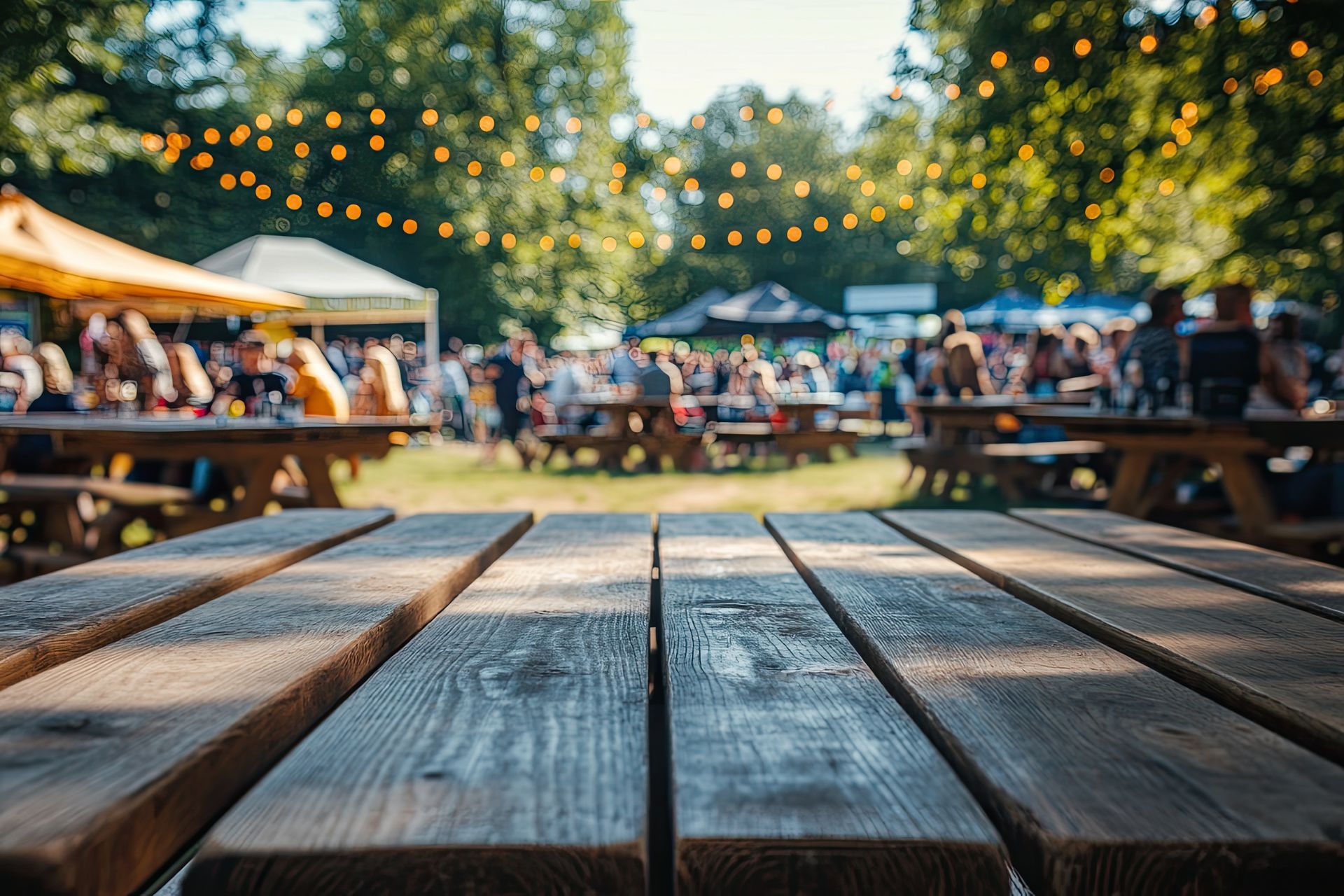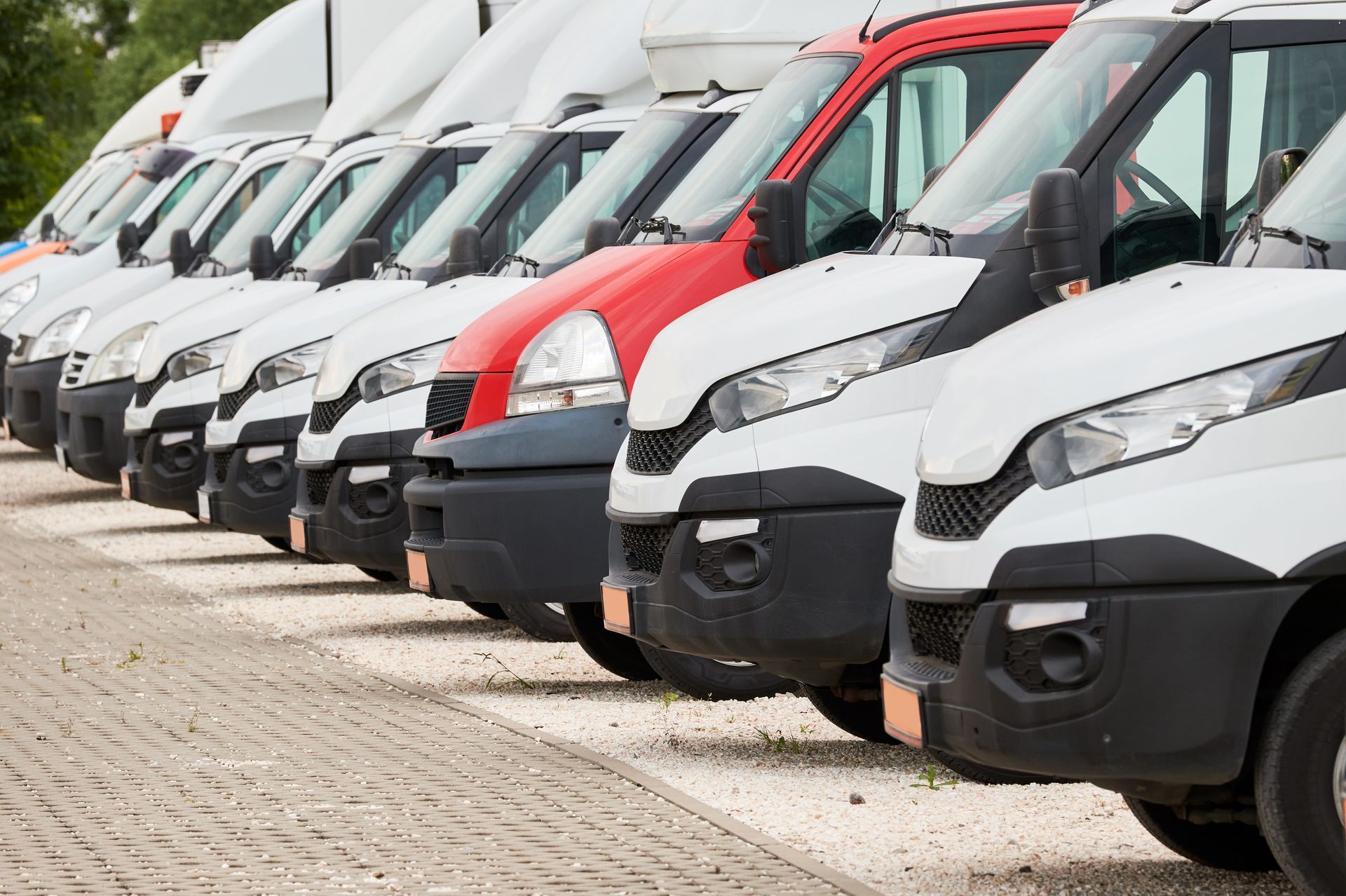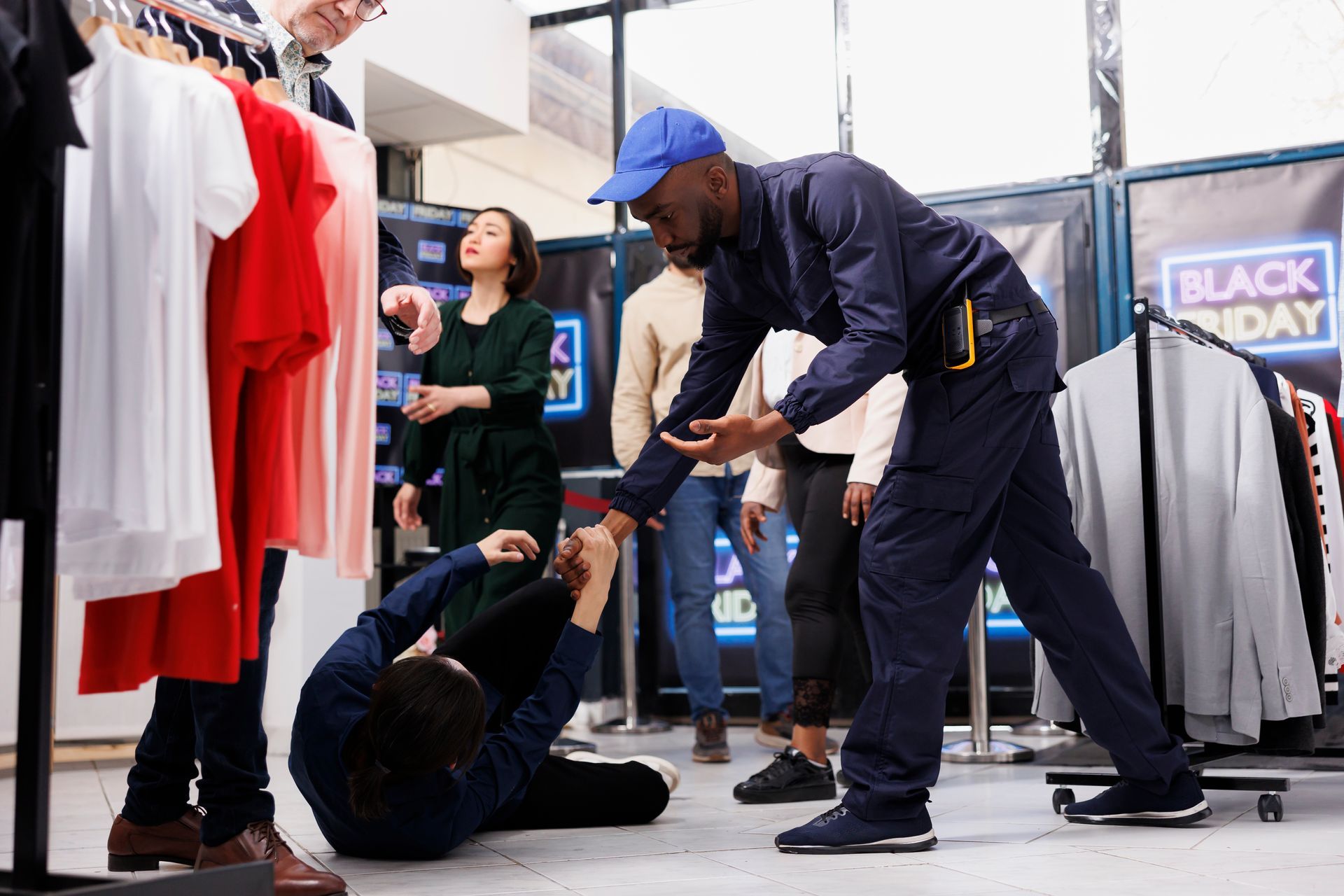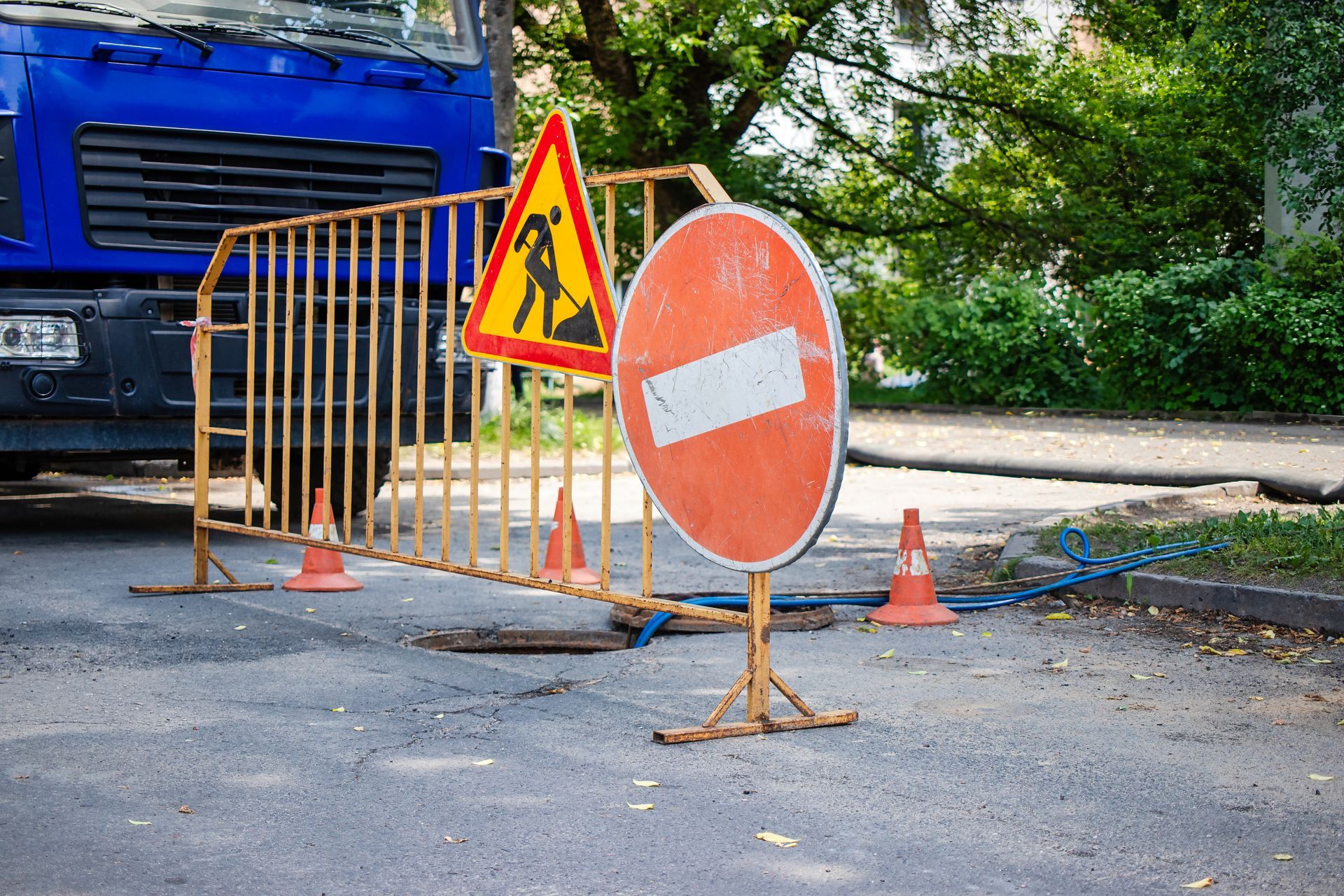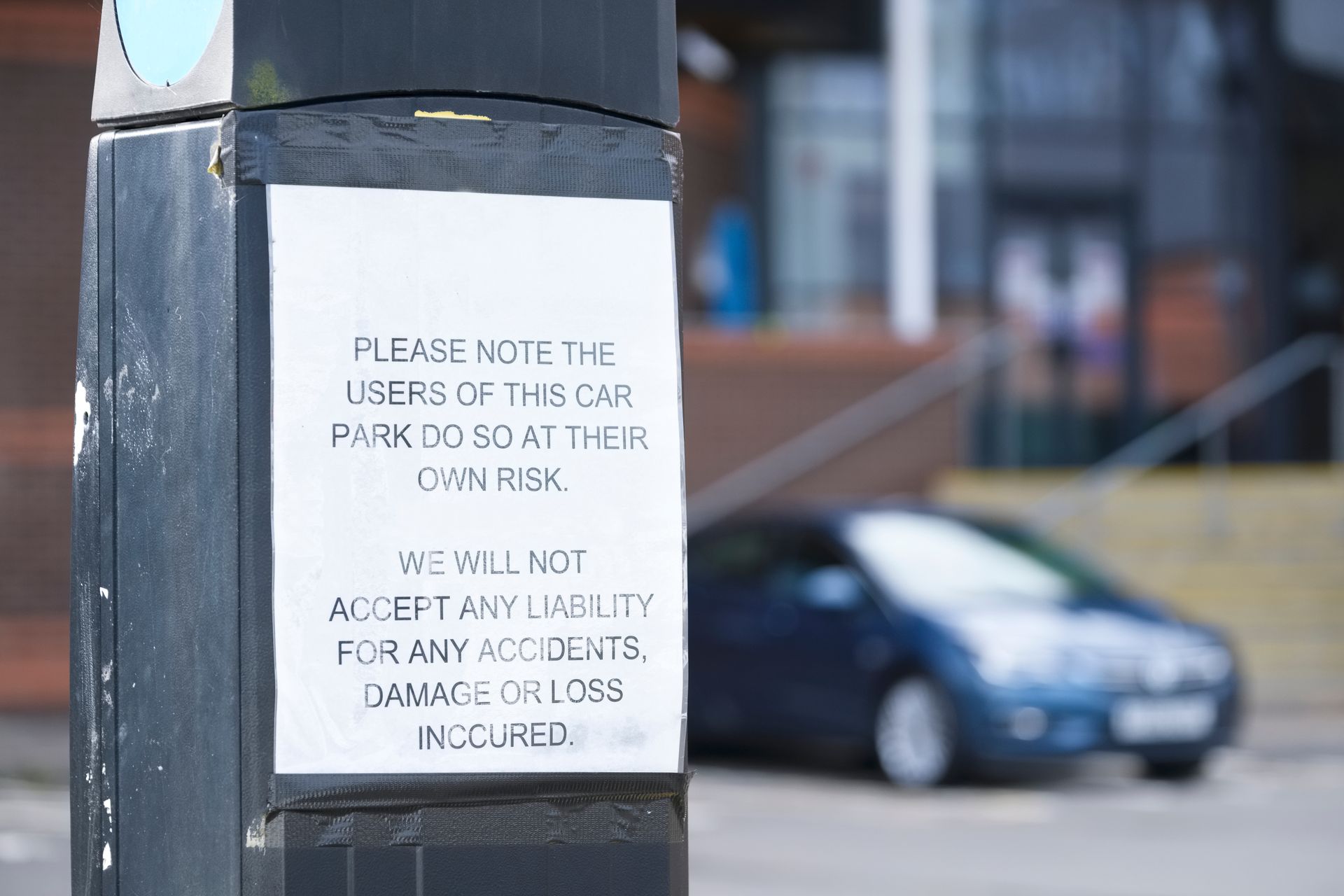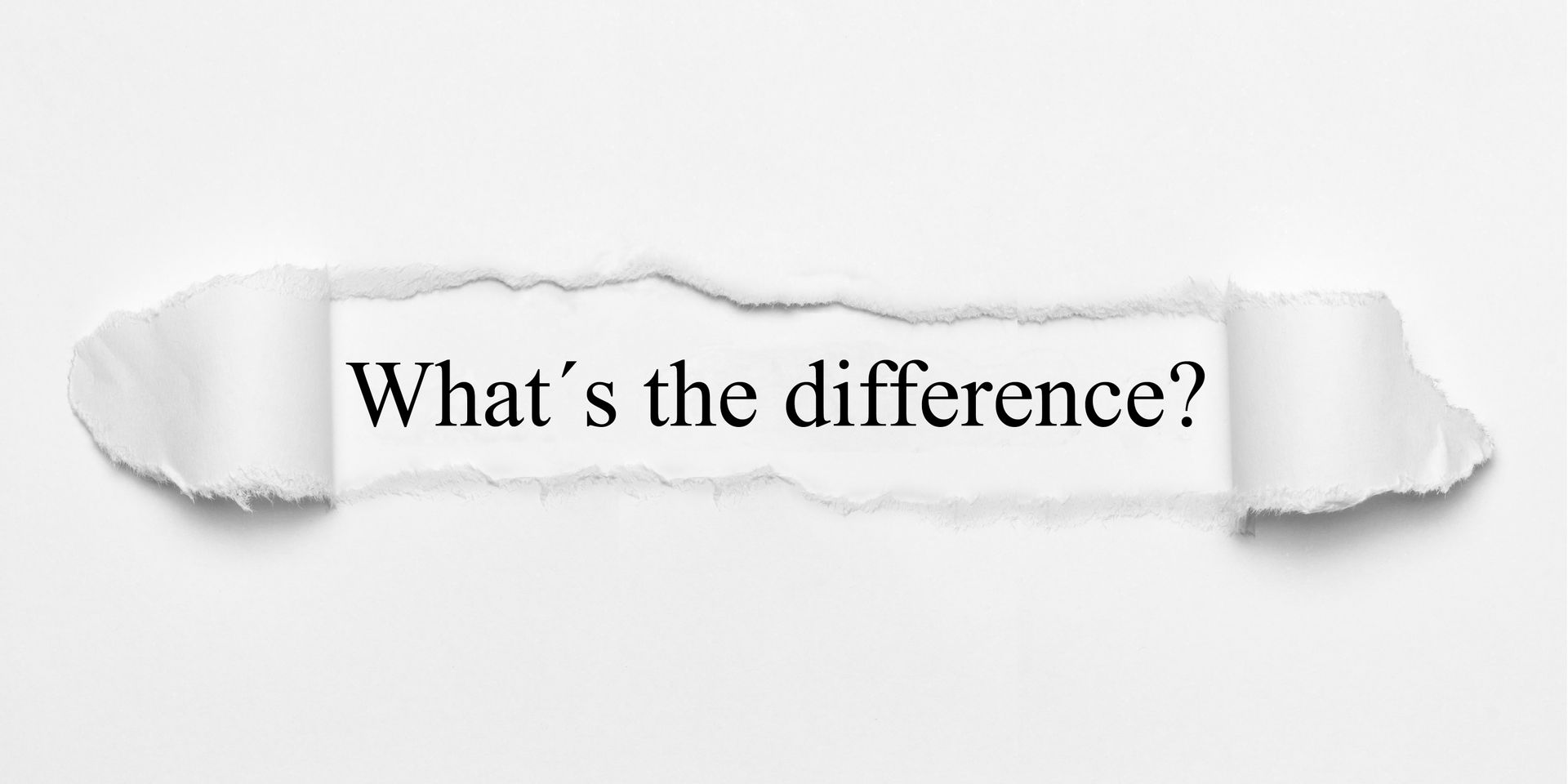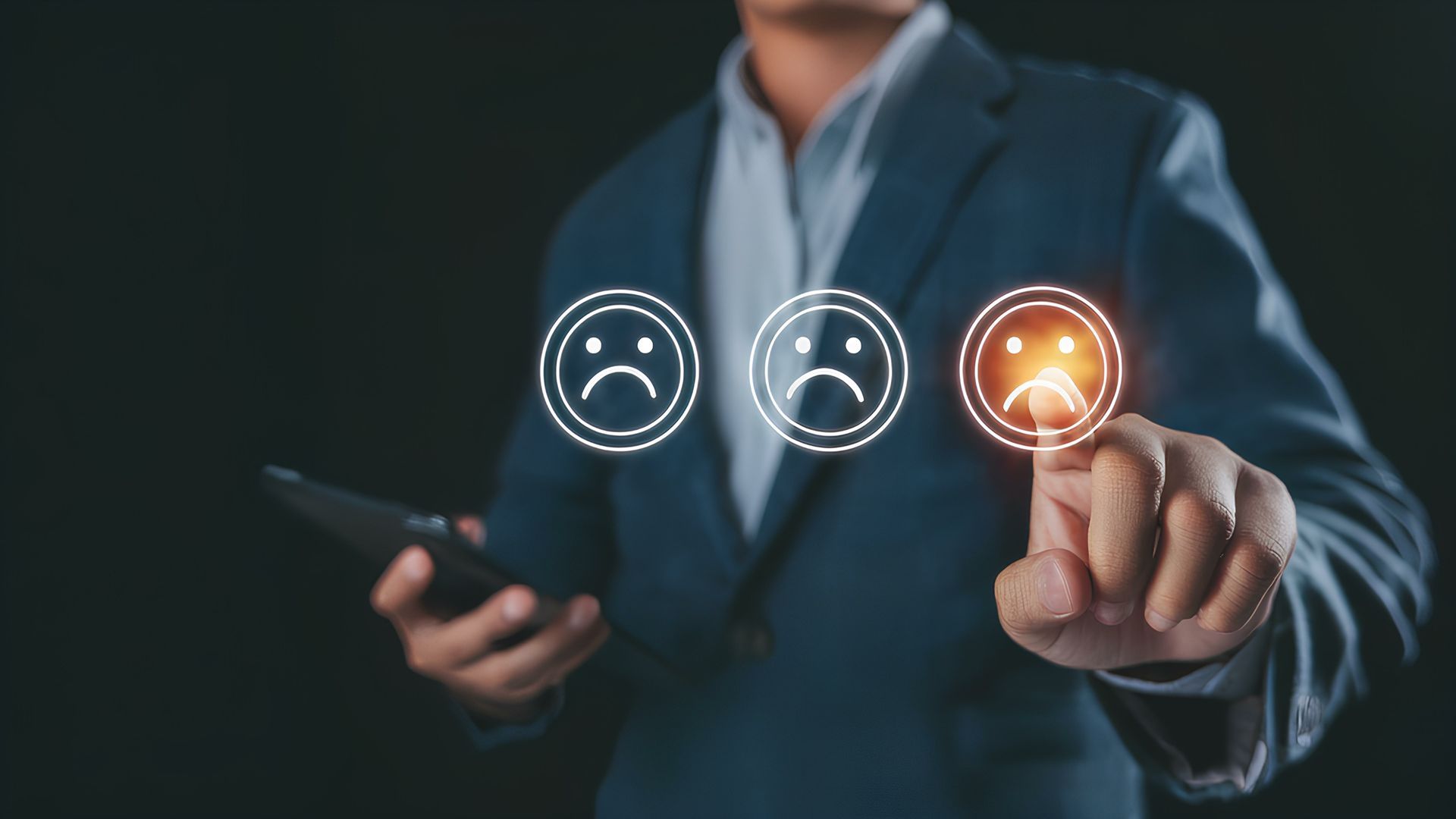Blog

Slip and fall accidents are among the most common causes of injuries in workplaces and public spaces. For businesses, these incidents can often result in costly lawsuits, increased insurance premiums and significant harm to your reputation.
That’s why preventing slip and fall accidents is necessary for safeguarding both your customers and employees, and it requires a proactive approach to identifying and mitigating potential hazards.
Common Factors Contributing to Slip and Fall Accidents
- Wet or Slippery Floors: Spills, leaks or recently cleaned surfaces can create slippery conditions that lead to slips and falls.
- Uneven Surfaces: Cracked or uneven flooring, loose rugs or improperly maintained walkways can cause trips and falls.
- Poor Lighting: Insufficient lighting can make it difficult to see obstacles, steps or hazards, increasing the risk of tripping.
- Cluttered Walkways: Items left in walkways, such as boxes or extension cords, can create tripping hazards.
Effective Strategies to Prevent Slip and Fall Accidents
Vigilance and discipline are the best ways to prevent slip and fall accidents. A combination of training and enforcement can help make your employees your best line of defense against these types of commercial liability claims.
Conduct Regular Inspections
Ensure employees are trained to regularly inspect your premises to identify potential hazards, and that these inspections are enforced. Employees who don’t perform proper inspections should be held accountable, as their failure to catch a hazard might have expensive and far-reaching consequences for you and your business.
Extra attention should be paid to areas where slip and fall accidents are more likely to occur, such as entryways, restrooms and areas prone to spills. Consider developing a checklist for inspections to ensure nothing is overlooked. Include checks for wet floors, uneven surfaces, proper lighting and any cluttered areas.
Proper Floor Maintenance
Keep floors clean and dry at all times. Create protocols so spills are cleaned up as soon as possible and "Wet Floor" signs are placed to warn customers and other workers of potential hazards. Schedule regular floor maintenance, including sweeping, mopping and waxing, to ensure surfaces are kept in good condition.
Also be sure to place floor mats in entryways to absorb moisture and reduce the risk of slips during wet weather. The corners of some thin floormats can roll up and create their own tripping hazards, so be careful with the mats you choose for your business.
Improve Lighting
All areas of your business should be well-lit, especially stairwells, hallways and entrances. Burnt-out bulbs should be replaced immediately.
Consider using motion-sensor lighting in areas that are not constantly in use, such as storage rooms, to ensure lights are always on when someone enters.
Install Handrails and Guardrails
Install handrails along staircases, ramps and walkways to provide support and prevent falls. Make sure these are properly installed, securely fastened and meet all safety regulations.
Guardrails should be installed in areas where there is a risk of falls from heights, such as loading docks or raised platforms.
Use Non-Slip Flooring
In areas prone to wetness, such as kitchens, bathrooms or entryways, consider installing non-slip flooring materials. These surfaces provide better traction and reduce the risk of slipping.
Apply non-slip treatments or coatings to existing floors to improve grip, particularly in high-traffic areas.
Organize Walkways
Keep walkways clear of clutter, such as boxes, equipment, power cords or other obstacles. Mark any changes in floor elevation, such as steps or ramps, with visible tape or signs to alert people of a step-up or the potential hazard.
Provide Employee Training
Train employees on the importance of workplace safety and the specific procedures for preventing slip and fall accidents. This includes how to properly clean up spills, report hazards and maintain walkways.
Encourage employees to wear appropriate footwear with non-slip soles, especially in environments where spills or wet floors are common.
Implement a Safety Program
Develop a comprehensive safety program that outlines procedures for preventing slip and fall accidents. Include guidelines for regular inspections, floor maintenance and employee responsibilities.
Review and update the safety program regularly to incorporate new best practices or prevent the repetition of any incidents that occur.
Monitor Weather Conditions
During wet weather, take extra precautions to prevent slip and fall accidents. Entryways should be regularly checked and kept dry. Your employees may even need to set up wet floor signs in advance so anyone entering is aware of the potential risk.
Regularly monitor outdoor areas, such as parking lots, and address potholes quickly if they do form due to weather or wear. If the parking lot is your responsibility, injuries that occur there due to disrepair can potentially lead to claims.
Encourage Reporting of Hazards
Create a culture where employees and customers are encouraged to report any hazards they notice. Set up a system for tracking and resolving reported hazards to prevent accidents before they happen.
What to Do If an Accident Occurs
- Provide Immediate Assistance:
Make sure that the injured person receives the necessary medical attention. If the injury is serious, call emergency services ASAP.
- Document the Incident:
Gather information about the accident, including witness statements, photos of the scene and details of the conditions that led to the fall.
- Report the Accident: Notify your insurance company and provide them with all the relevant documentation. This is essential for managing potential liability claims.
Is Your Business Facing a Slip and Fall Accident Claim in Atlanta?
If you're looking for expert legal guidance for a premises liability claim or any other injury claim, the Law Office of Cameron Hawkins is here to help. With decades of experience in commercial liability litigation, our team is dedicated to providing the support you need to protect your business.
Contact us today to schedule your consultation or give us a call at 678-921-4225.
